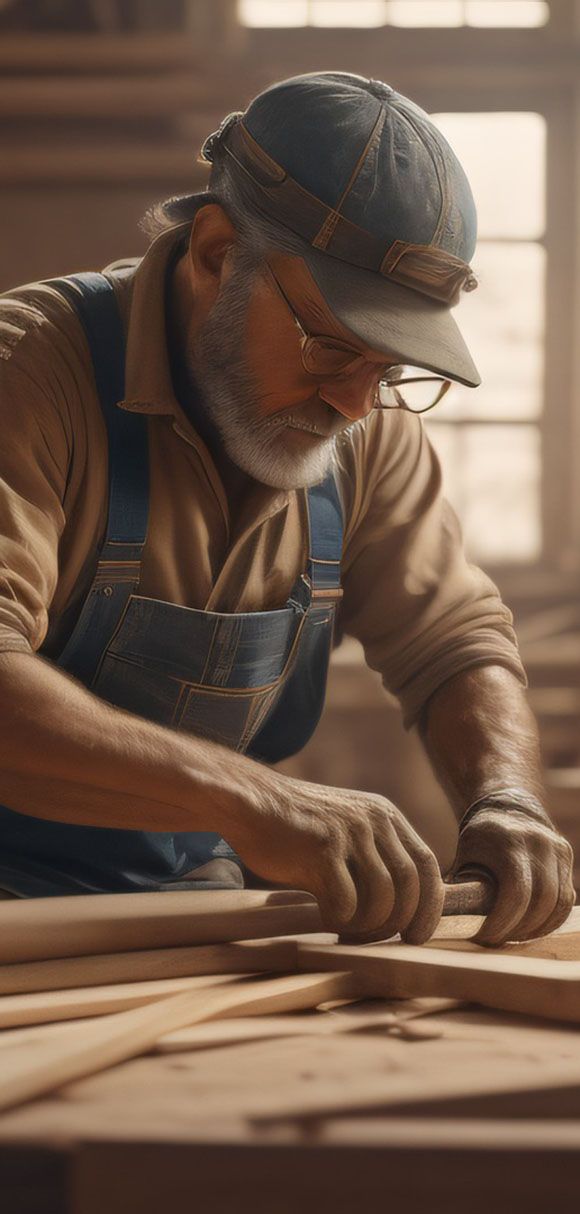Understanding Knee Bursitis: Causes, Physiology, Mechanism, and the Role of the Physiotherapist at Wimbledon Clinic Physio

Knee bursitis is a condition marked by the inflammation of the bursae, tiny sacs filled with fluid that cushions between joints, reducing friction among bones, tendons, and muscles. When these bursae become inflamed, the knee movement can be painful and restricted. In this article, we will explore the causes, physiology, and mechanism of knee bursitis and how a Physiotherapist at Wimbledon Clinic Physio can be crucial in its management and rehabilitation.
Causes of Knee Bursitis:
Knee bursitis can result from various factors, with overuse and repetitive stress being common culprits. Activities involving frequent kneeling or pressure on the knees, such as gardening, carpentry, or certain sports, can contribute to developing knee bursitis. Other causes include direct trauma to the knee, bacterial infection, gout, and inflammatory conditions like rheumatoid arthritis.
1. Overuse and Repetitive Stress:
Individuals engaged in occupations or activities requiring prolonged kneeling or repetitive knee bending are at a higher risk. Professions such as carpet installation, plumbing, or gardening, where constant pressure is applied to the knee, can lead to irritation and inflammation of the bursae.
2. Trauma and Impact:
Direct blows to the knee, such as a fall or impact, can cause inflammation of the bursae. This may result from accidents during sports, workplace incidents, or everyday mishaps.
3. Infection:
Bacterial infection in the bursae can cause knee bursitis. This can occur through open wounds, especially if the knee is exposed to contaminated surfaces. Prompt medical attention is crucial in such cases.
4. Gout:
Gout, caused by the accumulation of uric acid crystals in the joints, can lead to knee bursitis. The presence of uric acid crystals in the bursae triggers an inflammatory response.
5. Inflammatory Conditions:
Diseases like rheumatoid arthritis or systemic lupus erythematosus, involving chronic inflammation, can contribute to knee bursitis.
6. Age and Degeneration:
As individuals age, the bursae may undergo wear and tear, becoming more susceptible to inflammation. Degenerative changes in the knee joint can increase the risk of bursitis.
Physiology of Knee Bursitis:
Several bursae surround the knee, each reducing friction between bones and soft tissues during movement. When these bursae become irritated or inflamed, the production of excess synovial fluid can occur, leading to swelling and discomfort. This inflammation can disrupt the normal gliding motion of the knee, causing pain and tenderness.
Mechanism of Knee Bursitis:
The mechanism of knee bursitis often involves repetitive stress or pressure on the bursae. Individuals who spend long hours kneeling or engaging in frequent knee-bending activities may experience increased friction and irritation. Direct trauma to the knee, such as a blow or fall, can also lead to bursitis.
1. Friction and Pressure:
The primary role of the bursae is to reduce friction between moving parts of the knee, such as bones, tendons, and muscles. Continuous pressure or repetitive stress can lead to increased friction, causing irritation and inflammation of the bursae.
2. Synovial Fluid Imbalance:
The bursae contain synovial fluid, lubricating the joint and facilitating smooth movement. In knee bursitis, an overproduction of synovial fluid occurs as a response to irritation, leading to swelling and discomfort.
3. Impaired Healing Response:
The inflammatory response triggered by overuse or trauma can disrupt the normal healing process. Chronic inflammation may hinder the body's ability to repair the affected bursae, perpetuating the cycle of pain and swelling.
4. Muscle Imbalances:
Weakness or imbalance in the muscles surrounding the knee can contribute to abnormal stress on the bursae. Physiological imbalances may alter the mechanics of the joint, making it more prone to inflammation.
5. Biomechanical Factors:
Factors such as poor posture, improper body mechanics, or structural abnormalities in the knee joint can contribute to the development of knee bursitis. A thorough biomechanical assessment by the Physiotherapist at Wimbledon Clinic Physio can identify and address these contributing factors.


How We Can Help:
Physiotherapy, provided by the Physiotherapist at Wimbledon Clinic Physio, plays a crucial role in managing and rehabilitating knee bursitis.
1. Pain Management:
The Physiotherapist employs various techniques, including ice and heat therapy, to alleviate pain and reduce inflammation in the affected area.
2. Range of Motion Exercises:
Specific exercises are prescribed to improve the knee joint's range of motion, helping restore normal movement and function.
3. Strengthening Exercises:
Targeted exercises are designed to strengthen the muscles around the knee, providing better support and stability to the joint.
4. Biomechanical Assessment:
Our physiotherapist conducts thorough assessments to identify biomechanical issues contributing to knee bursitis. Customised exercise programs and corrective techniques are then implemented to address these issues.
5. Modalities and Manual Therapy:
Modalities such as ultrasound may promote healing, while manual therapy techniques like massage and joint mobilisation help improve flexibility and reduce stiffness.
6. Education and Prevention:
Our Physiotherapist educates patients on proper body mechanics and techniques to prevent further irritation of the bursae. This includes advice on modifying activities and using supportive equipment when necessary.
In conclusion, knee bursitis can significantly impact daily activities and quality of life. Physiotherapy, provided by a dedicated Physiotherapist at Wimbledon Clinic Physio, offers a comprehensive approach to managing this condition by addressing pain, improving mobility, and preventing future episodes. Individuals experiencing symptoms of knee bursitis should seek professional guidance from the Physiotherapist at Wimbledon Clinic Physio to receive personalised care and support on their journey to recovery.
If you want help with your knee bursitis or suspect knee bursitis and its not gotten better in the last 4 weeks, then please give Wimbledon Clinic Physio a call today at 02085435477 or email